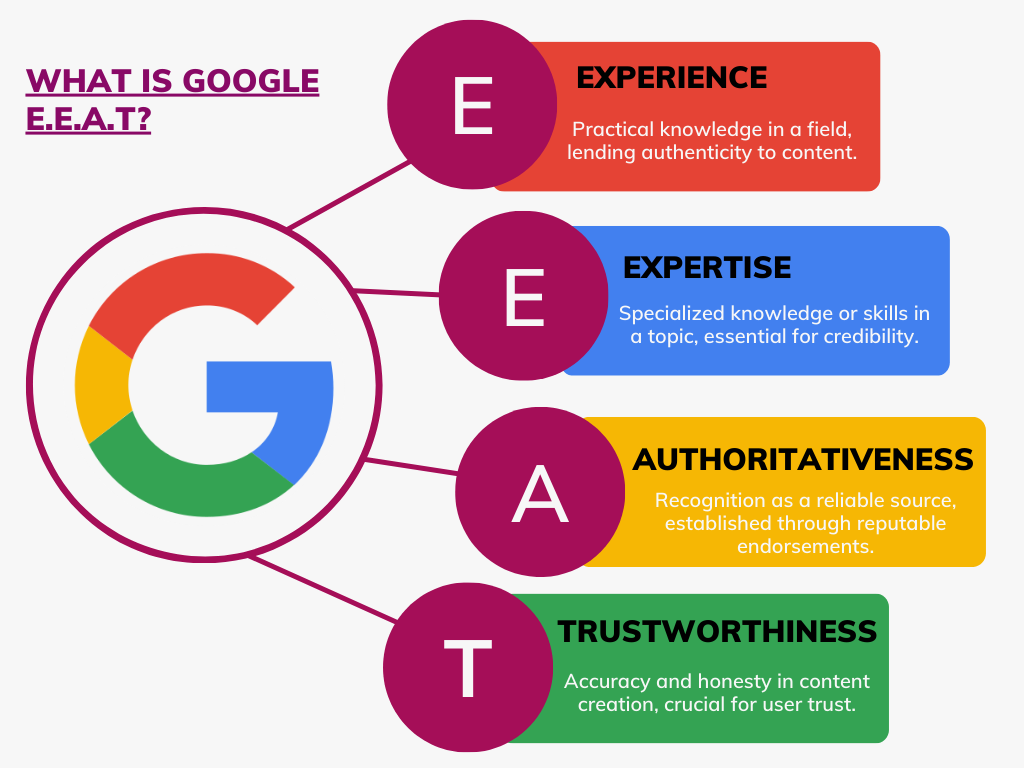“Blogging is dead”, “SEO is dying”, “Social media killed blogs”. These are the clickbait phrases that you usually hear (or read) nowadays. At this point, they’re nothing more than a broken record.
Let’s get something clear right off the bat: Blogging is NOT dead, and so is SEO.
And no, social media didn’t kill blogging. Successful bloggers utilize these platforms to grow their sites instead.
You see, despite what clickbait influencers claim, people aren’t reading less. There’s just a lot more content competing for their attention. So, they’re skipping the boring, outdated, and unrelatable stuff.
Traffic hasn’t disappeared. It’s just flowing toward content that’s worth sticking around for. And if you’ve ever asked yourself, “Is blogging still profitable?”, the answer depends on how you’re doing it.
In this post, we’ll break down exactly what outdated blogs are missing—and why these two featured blogs are winning in 2025.
What Failing Blogs Get Wrong in 2025
Outdated Strategies
The data doesn’t lie. Keyword-stuffing in articles may have worked five years ago, but not anymore. Instead, short-form, visual-heavy content is getting more clicks and more time-on-page.
Studies show that users now prefer interactive posts—think carousels, videos, scroll-triggered animations—over endless walls of text. According to Forbes, interactive content generates 52.6% higher engagement than static content.
Yes, our readers may have shorter attention spans than before, but we bloggers should take that as a challenge to produce better and more engaging content that will keep them on our sites for as long as possible.
Not Following Google’s SEO Ranking Factors
Google’s ranking factors have changed, too. Its emphasis on E-E-A-T (Experience, Expertise, Authoritativeness, Trustworthiness) rewards content that demonstrates credibility and user-focused design.
That means just knowing your topic isn’t enough—you need to show your experience, cite sources, and format everything for clarity and readability.

Misuse of AI-Generated Content
Then there’s the flood of AI-generated content, “AI slop” as netizens now call it, cluttering the web. Many struggling blogs are leaning heavily on these tools to pump out quantity over quality. Not that anyone can blame them; AI writing platforms like ChatGPT and Claude indeed make writing blogs a million times easier.

You just type in a topic you want to talk about, wait for GPT to complete the blog, then simply copy and paste.
The results, though, are trash, and that’s the nicest way I can put it. AI-written blogs are soulless, bloated with fluff, and contain regurgitated, oversimplified information. I dare to read one thoroughly, you’d easily notice that it doesn’t provide specifics the way a human writer does.
With all the environmental and political issues surrounding AI use, it’s unsurprising that blogs like these deter readers. This, of course, affects the performance of blog sites.
Lacks Identity and Branding
Finally, there’s the identity crisis in blogs. Failing bloggers often lack branding, visual identity, and mobile optimization. They still treat their site like a journal instead of a platform. If you really want to scale, you should stop using your blog as a diary and start building a specific image for it instead.

I know, I know, the image above is a meme. But the point I’m trying to make is that when it comes to branding, even if you take all the details and just leave out the foundations—in this case, just the shapes and colors—the brand is still easily recognizable.
That’s the on-point branding that all blogs should strive for.
Case Study 1: WeBlogWeVlog – Winning With Visual Storytelling
If you’ve visited WeBlogWeVlog, you know it doesn’t look like a traditional blog—and that’s intentional. It’s a visual-first platform that takes a reader-first approach, meaning that the blogs are formatted for maximum reader engagement.
Instead of huge walls of text, you get embedded videos, immersive photo essays, and relatable images that make the articles more relevant to the user. This content strategy from WeBlogWeVlog makes “boring” history articles much more interesting.
Instead of dense jargon or overly technical language, the articles use plain, accessible writing without sacrificing depth. They’re not “dumbed down”—they’re inviting. The team clearly understands that engaging more readers means writing for clarity, not complexity.
Instead of rigid categories and one-size-fits-all formats, WeBlogWeVlog leans into creative storytelling. Some posts read like personal letters on burnout, others feel like Instagram explainers on algorithm hacks or step-by-step affiliate guides.

This variety keeps users engaged and makes complex topics easier to absorb.
Instead of pushing SEO at the expense of authenticity, the blog naturally blends searchable terms into thoughtful narratives. The result is a site that’s steadily building trust and visibility, even without a massive following yet.
Readers who do find it stick around because it feels like a real conversation, not just another content dump. This foundation sets the stage for long-term growth, especially in relationship-driven niches like mental health and affiliate marketing.
Case Study 2: Blogs4Blogs – Mastering the Viral Blog Formula
Blogs4Blogs takes a very different approach from WeBlogWeVlog, but it’s equally effective—especially for high-traffic SEO-driven goals. This blog is built around content stacking, backlink generation, and viral digital culture coverage.
It focuses on blogging trends, SEO tips, viral headlines, and the ever-evolving world of digital content.
What’s their secret sauce, you ask? Simple, content engineering. Every headline, subheading, and post angle is crafted using real data: keyword volume, social trends, and engagement predictions.
Posts like “What Instagram Creators Are Doing Now That Engagement Tanked” and “Best Amazon Gifts Under $50” hit at the right moment, in the right format—and go viral.

What really stands out is how they repurpose content. A single blog post becomes a LinkedIn carousel, a TikTok story, and an Instagram infographic. Their platform synergy means that every idea gets amplified across channels, each pointing back to the blog.
That tight ecosystem is key to their growth.
They’re also a case study in SEO best practices without sacrificing voice. Their posts have personality and structure—complete with author bylines, citations, internal linking, and FAQ schema.
It’s the perfect mix of technical polish and editorial flair. Once their posts land on page, you can be sure that it’s going to resonate with their audience and be shared on multiple platforms.
What You Can Learn: Habits of a Successful Blogger
There’s a lot to take away from these two platforms.
| Habit | WeBlogWeVlog | Blogs4Blogs |
|---|---|---|
| Visual Use | Embedded videos + photo essays | Infographics + multi-platform reach |
| SEO Implementation | Light optimization | Aggressive, data-driven |
| Writer Visibility | Byline + voice-led writing | Author credits + structured content |
First, design for your reader, not for yourself. Make it easy, visual, and fun to follow. Break up long paragraphs, use subheadings to create rhythm, and structure your post like a conversation with a friend or a subject-matter expert.
Second, visual use should be intentional. Every image or video should support the story you’re telling. Readers are better hooked in articles that don’t just contain text after text, but also have engaging visuals they can interact with.
Third, treat SEO like scaffolding, not strategy. Yes, keyword research matters. So do internal links, meta descriptions, and schema markup. But none of that will help if your post reads like a robot (looking at you, AI-slop blogs!) wrote it.
Fourth, think bigger. Successful blogs should be cohesive platforms, not a huge article dump. Your website should have a voice, a visual identity, and a purpose beyond publishing for clicks. Start by defining what it is you want your blog to be and the purpose that it serves for your audience, and build on that.
And finally—give your writers the credit they deserve. These two successful blogs don’t treat contributors like anonymous content pumps. Authors should be at the front and center, with bylines, bios, and space to share their voice.
If you want quality content, start by treating your creators like partners, not tools.
What the Best Blogs Know That Others Miss
So, is blogging still profitable? Absolutely. But only if you understand that the game has changed. The platforms thriving today—like WeBlogWeVlog and Blogs4Blogs—don’t rely on luck. They succeed because they understand people, data, and the value of a reader’s time.
So stop writing like it’s 2012. Start building your brand like it’s indeed 2025. There’s an audience out there, but you have to meet them where they are now, not where they used to be.
SOURCES:




0 Comments